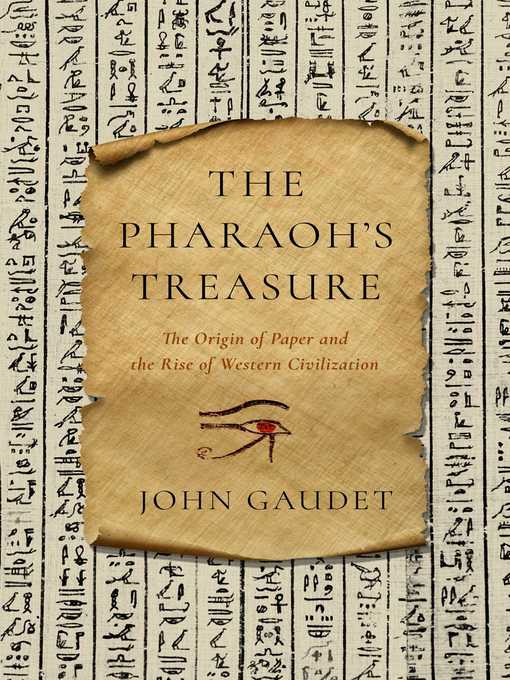
The Pharaoh's Treasure
کتاب های مرتبط
- اطلاعات
- نقد و بررسی
- دیدگاه کاربران
نقد و بررسی

August 1, 2018
A lively overview of a medium that was central to public and private life in the ancient world.Ecologist Gaudet (Papyrus: The Plant that Changed the World, 2014, etc.) expands on the research that informed his first book by investigating the history of paper from the end of the Stone Age to 1000 C.E. During that period, paper was made from papyrus that grew in swamps around the Nile, the only place that the reedy plant could flourish in quantity. For 4,000 years, therefore, Egypt had "uninterrupted and exclusive control" over the production of papyrus paper, the longest monopoly in world history. The medium "was the property of the king, since paper manufacture was at that time a royal prerogative." It was vitally important both economically and culturally. In agriculture, which economists deem "the real basis for Egypt's greatness," tracking production depended on "lightweight paper to process and manage data sets." Unlike tablets made of lead, copper, wax, or clay or writing surfaces made of tree bark or leather, papyrus paper "weighed almost nothing" and yet was extremely durable. Besides record-keeping, papyrus made its way into pyramids and coffins as funerary scrolls containing texts known as the Book of the Dead. These writings, Gaudet explains, were "designed in consultation with priests to ensure that the deceased came alive after death." Organizing the book into three sections, the author first establishes paper as "a key element in global advancement" and dissemination of information. He notes that after the discovery of the Rosetta Stone, Egyptmania raged across Europe and Britain, sending thousands of Victorian collectors to pillage tombs and temples in search of ancient artifacts. A middle section details how paper and ink are made and scrolls are assembled, and a last section looks at the environmental changes and technical innovations--such as vellum, Chinese paper, and rag paper--that relegated papyrus paper to what it is now: a souvenir for tourists.An engaging journey to the distant past.
COPYRIGHT(2018) Kirkus Reviews, ALL RIGHTS RESERVED.

October 29, 2018
Ecologist and papyrus expert Gaudet (Papyrus: The Plant That Changed the World) gives a fascinating, thought-provoking history of papyrus’s use in communication. He maintains that humanity’s “habit and expectation of writing things down became a hallmark of civilized life... thanks to papyrus.” His accessible and engagingly written account begins with the earliest known use of papyrus as a writing surface, during the reign of Pharaoh Khufu in the 26th century BCE. Recently discovered documents show it was used to track deliveries of limestone for the construction of the Great Pyramid. The technology spread beyond the Egyptians; papyri served as diaries, property records, census rolls, scientific and medical texts, and legal documents for the ancient Greeks and Romans. Papyrus paper became so vital that when supplies ran short in the Roman Empire in the first century CE, rationing was imposed to avoid significant disruptions to daily life. Gaudet calls upon a wide array of sources, both ancient texts and modern historians and archeologists, to support his contention persuasively. This argument that the use of papyrus for writing was a “key element of global cultural advancement” is an appealing addition to the genre of single-topic histories such as Mark Kurlansky’s Salt: A World History. Illus. Agent: Jacquelyn Flynn, Delbourgo Associates.

























دیدگاه کاربران